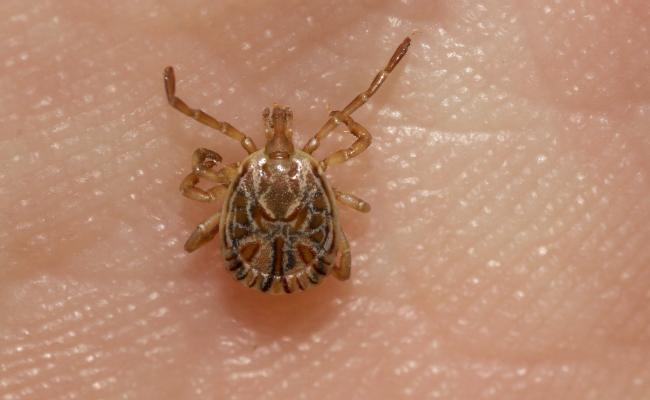How to Treat Typhus?
- January 24, 2024
- No Comments

What is Typhus?
Typhus is an infectious disease caused by Rickettsia or Orientia bacteria, transmitted through bites from infected mites, fleas, or lice. While modern hygiene has reduced its occurrence, typhus remains a concern in areas with poor sanitation or through transmission from infected animals. Early diagnosis and treatment are crucial due to the potential for severe symptoms and complications.
How is Typhus Transmitted?
Typhus is primarily transmitted to humans through the bite of infected arthropods, such as fleas, lice, or mites. These vectors acquire the bacteria by feeding on infected animals, and when they subsequently bite humans, the bacteria enter the bloodstream. Once in the bloodstream, the bacteria multiply in endothelial cells, leading to the characteristic symptoms of typhus. The transmission of typhus is often associated with crowded and unhygienic conditions, making it a particular concern in areas where these conditions prevail.
Why is Typhus a Concern?
Typhus is a significant health concern due to its potential for causing widespread outbreaks, especially in situations of poor sanitation and overcrowding. The disease presents with symptoms such as high fever, rash, headache, and muscle pain. In severe cases, typhus can lead to complications such as organ failure and, if left untreated, can be fatal. The association of typhus with conditions of overcrowding and poor hygiene makes it a particular threat in certain regions or situations where these factors are prevalent.
Treatment Solutions for Typhus:
- Antibiotics: The cornerstone of typhus treatment is the administration of antibiotics. Doxycycline is a commonly prescribed antibiotic effective against both epidemic and murine typhus. Other antibiotics like chloramphenicol or azithromycin may be used based on regional antibiotic resistance patterns and individual circumstances. Early initiation of antibiotic therapy is crucial for successful treatment and reducing the severity of symptoms.
- Supportive Care: Alongside antibiotics, supportive care plays a vital role in managing typhus. Supportive measures include strategies to reduce fever, maintain hydration, and manage other symptoms. In severe cases, hospitalization may be necessary for close monitoring and intravenous administration of fluids and medications to address complications.
- Vector Control: Preventing the transmission of typhus involves controlling the vectors responsible for carrying the bacteria. This includes insecticide treatment for fleas, lice, or mites and improving overall sanitation to reduce the prevalence of these vectors in the environment. Effective vector control measures contribute significantly to the management and prevention of typhus outbreaks.
- Personal Protective Measures: Individuals in areas prone to typhus should adopt personal protective measures to reduce the risk of exposure to infected vectors. This includes using insect repellents, wearing protective clothing, and practicing good hygiene. These measures are especially important for individuals working or living in environments where close contact with potential vectors is likely.
- Vaccination (limited): While there is no widely available vaccine for typhus, in certain circumstances, specific populations may receive limited protection through vaccination. For example, a vaccine exists for epidemic typhus but is not commonly used due to the relatively rare occurrence of the disease in many regions.
Benefits of Typhus Treatment:
- Effective Resolution of Symptoms: Antibiotic treatment is highly effective in resolving the symptoms of typhus, including fever, rash, and associated discomfort. Timely initiation of antibiotics leads to a rapid improvement in the patient's overall condition, facilitating a quicker return to health.
- Prevention of Complications: Early and appropriate treatment helps prevent the progression of typhus to severe complications. Complications may include organ failure, pneumonia, and neurological issues. Adequate antibiotic therapy significantly reduces the risk of these complications, ensuring a better overall prognosis.
- Reduced Transmission: Treating individuals with typhus not only benefits the infected person but also plays a crucial role in reducing the overall transmission of the disease. Effective treatment minimizes the number of bacteria circulating in the bloodstream, reducing the risk of transmission to vectors and, subsequently, to other individuals.
- Vector Control Impact: Implementing vector control measures, such as insecticide treatment and improved sanitation, not only helps in the treatment of ongoing cases but also prevents new infections by reducing the population of infected vectors in the environment. This contributes to the overall control of typhus outbreaks.
- Personal and Public Health Measures: Treating typhus cases is integral to personal and public health efforts in controlling and containing outbreaks. It involves identifying and treating affected individuals, implementing measures to prevent further transmission, and educating the community on preventive strategies. These efforts contribute to the overall well-being of both individuals and the broader population.
Comments (0)